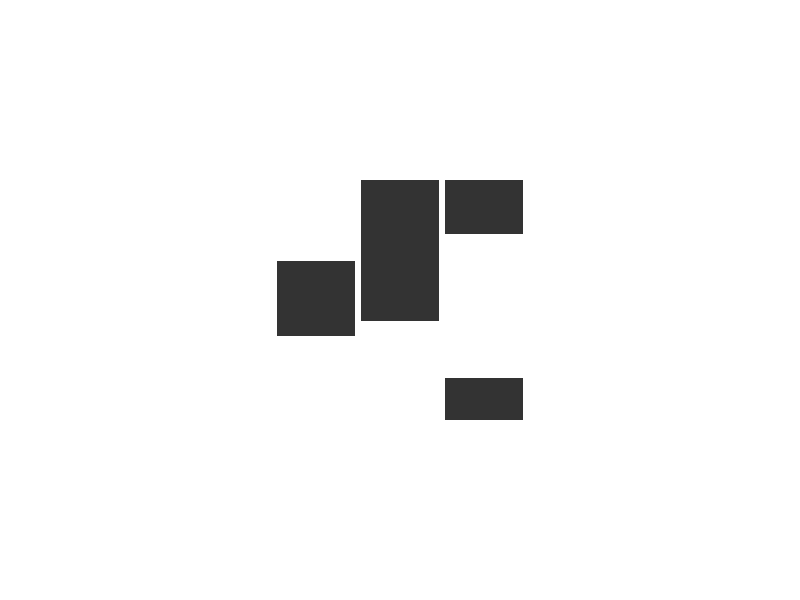Design 2 - Design and Sustainability
The Module
"The module aims to develop students’ competence and self-confidence in the key elements of the sustainable design process. To develop students’ creative abilities in designing sustainable products and product-service systems"
The Task
The task at hand was to analyse the current packaging methods for fresh produce and identify unsustainable aspects of the product-service system, product lifecycle model, the product itself, and its production processes. As a group, we had to propose a new design for a packaging product and its systems to improve its circularity and sustainability footprint.
The Solution
We designed a Biodegradable MDF berries box that would substitute the current unrecyclable plastic packaging. The box would be easily disassembled in transport and easily put together when needing to store food. This solution closed the current linear economy and would benefit today's society greatly.

Video summarising our design journey and what our product does.

Loading
First Steps
We began by familiarizing ourselves with the difference between linear economies vs circular economies by watching Tim Brown’s Circular Design Guide.
We drew a schematic to better understand the process of everyday packaging by using Tim's method of “Design for X”, and realised we had to minimize the packaging’s parts and assembly, avoid tangling parts or visual obstructions, and provide symmetrical parts.

We did some research into today's linear economy for food packaging and found this.

As a group we researched into today's issues with recycling and produced this board.

We did some research into today's linear economy for food packaging and found this.

The Milkman
The user finds a recipe online of what they want to order and the fresh produce comes together in a cardboard box without any plastic wrapping.
Gousto

A man comes in early in the morning and delivers glass bottles of milk. Once finished, the user leaves the glass bottle outside and the milkman picks it up and reuses it 25 other times.
The Milkman

Similar to other services, the user picks their preference of groceries and the food is delivered to them on a weekly basis.
Abel&Cole

The user places their order online. The farmer then harvests it and delivers it with no excess packaging. You can return the packaging to the driver and they will re-use it.
Farmdrop
Final System
Our box is made in our factory out of a biodegradable MDF made from wood residuals which are turned into fibres and then combined with potato starch. Each board is then coated with a biodegradable film to make the packaging food safe.
The boards would get sent to Ocado, where they would be assembled and stocked with berries. Ocado would receive our used boxes by our customers, and return the broken boards to us.
Product-Service System
We began researching into existing product-service systems, specifically online delivery services. It was important that our new packaging would be able to fit in today’s service industry, therefore it had to satisfy the retail sector, the financial sector, the public sector, and the business administration. We did some research into four different services to get some inspiration.

This is the concluded BGR System produced by our group.

This section goes into more detail on how the packaging of this box is completed and where it occurs.

This is the concluded BGR System produced by our group.

Once the user receives the Berries Box, he or she goes through a journey as shown.

Our new system closes the loop in the economy.

Once the user receives the Berries Box, he or she goes through a journey as shown.
User Experience
Once the box is delivered to a customer, the box is easily taken apart and stored until the next Ocado order. Once the box is received, the customer gets a refund for the box as well as a code to play a weekly game, where the winner gets a prize!
This innovative system gives the customers an incentive to return their box, allowing us to close the linear economy and make it circular.